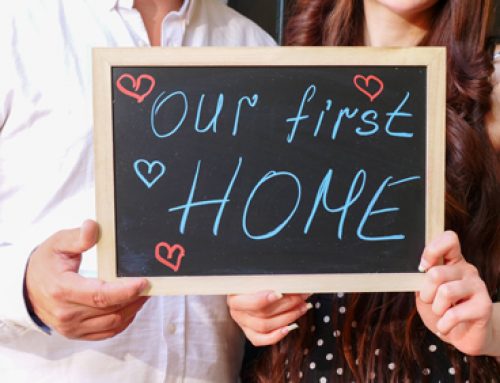Fashion is a common outlet used to express individuality. In an article on the value of style on the Psychology Today blog, the author states “[style] gives a hint of personality… it is a reflection of your unique complexity as a human being.” Using fashion to express yourself can help:
- Boost your mood;
- Express your values;
- Show your emotions;
- Share your story.

While fashion is often thought of in the context of individuality, it is also used to represent a culture. Each culture has a unique, traditional dress that represents its values, beliefs, and economic standing.
Being able to represent culture using fashion is important regardless of the culture being represented. However, not all members of society embrace the importance of cultural diversity. Let’s take a closer look at how fashion is impacting the way society embraces cultural inclusivity.
Cultural Appropriation In Fashion
Encyclopedia Britannica defines cultural appropriation as a concept that “takes place when members of a majority group adopt cultural elements of a minority group in an explorative, disrespectful, or stereotypical way.” One way society adopts cultural elements from a minority group is by copying their traditional dress.
Cultural appropriation is common in fashion and beauty trends. There are many ways cultures can be misrepresented in fashion trends. For instance, a few examples of cultural appropriation in fashion include:
- Wearing a traditional Native American headdress with no tie to indigenous communities;
- Using sacred tribal motifs as patterns for everyday streetwear;
- Incorporating turbans as casual headwear.
It’s worth noting that not every act of cultural appropriation is intentional. Some individuals may not be aware of the statement they’re making with their fashion choices. This is why it’s important to educate yourself and others on the importance of avoiding cultural appropriation and how to do so.
Tips for Avoiding Cultural Appropriation
Avoiding cultural appropriation is simple. Try to:
- Avoid items that mimic or mock sacred, holy, or godly figures, symbols, and texts;
- Embrace cultural diversity;
- Refrain from stereotyping;
- Research the culture that inspired the look.
Another important consideration is to be mindful of where and how your merchandise was sourced.
What Is Inclusive Fashion?
Just as it sounds, inclusive fashion is a term used to describe fashion designed with most body sizes, shapes, sizes, beliefs, and abilities in mind. The more inclusive a fashion brand is, the bigger the audience they’re able to reach.
Tips for Embracing Inclusive Fashion as a Consumer
It can be overwhelming to freshen up on fashion do’s and don’ts. However, it’s important to do so, especially if you want to avoid cultural appropriation and prioritize inclusive fashion.
Incorporate Slow Fashion In Your Wardrobe
Fast fashion is “a design, manufacturing, and marketing method focused on rapidly producing high volumes of clothing.” By avoiding fast fashion brands such FashionNova, Shein, and Boohoo, you refrain from supporting businesses with poor ethical standards and reputations for cultural appropriation.
Instead, incorporate slow fashion into your wardrobe. One way to ensure you’re buying ethical products is by researching the company you’re buying from. From clothing to jewelry, it’s always important to purchase from a reputable company.
Research the Materials
Similar to buying from a retailer who prioritizes an ethical workplace, make an effort to support retailers who are transparent about where and how their products are sourced. For instance, rather than purchasing from a jeweler with questionably-sourced diamonds, invest in a jeweler who specializes in ethical engagement or wedding bands for men and women.
Spreading awareness about the importance of embracing inclusive fashion is a must if your end goal is to better society’s views on cultural fashion trends.
Tips for Embracing Inclusive Fashion as a Retailer
Embracing inclusive fashion as a retailer is even more important than embracing it as a consumer. As the business owner, you have to provide consumers with goods that cater to cultural diversity without being offensive or harmful to others.
Offer Clothing Items and Accessories for All Shapes and Sizes
Of course, shopping at a store with extended sizes is appealing to more shoppers. Some individuals notoriously struggle to find their size in stores, often having to order online or miss out on the item entirely. This is why it’s important to offer a variety of items in a variety of sizes. You can also offer customers a size guide to create a better shopping experience and help them make a purchase that suits them.
Create Unisex Designs
Offering clothing that caters to a gender-fluid audience is a great way to promote equality in your business. Retailers can stand out from competitors and keep up with fashion trends sweeping the industry with clothing that’s ideal for everyone, regardless of their gender.
Avoid Ableism
Ableism in fashion is an issue that often gets overlooked, despite its severity. Shoppers with different abilities struggle to find clothing that allows them to live comfortably. Having a section for adaptive or accessible clothing helps take the stress away for shoppers with different physical and/or mental disabilities.





Leave A Comment